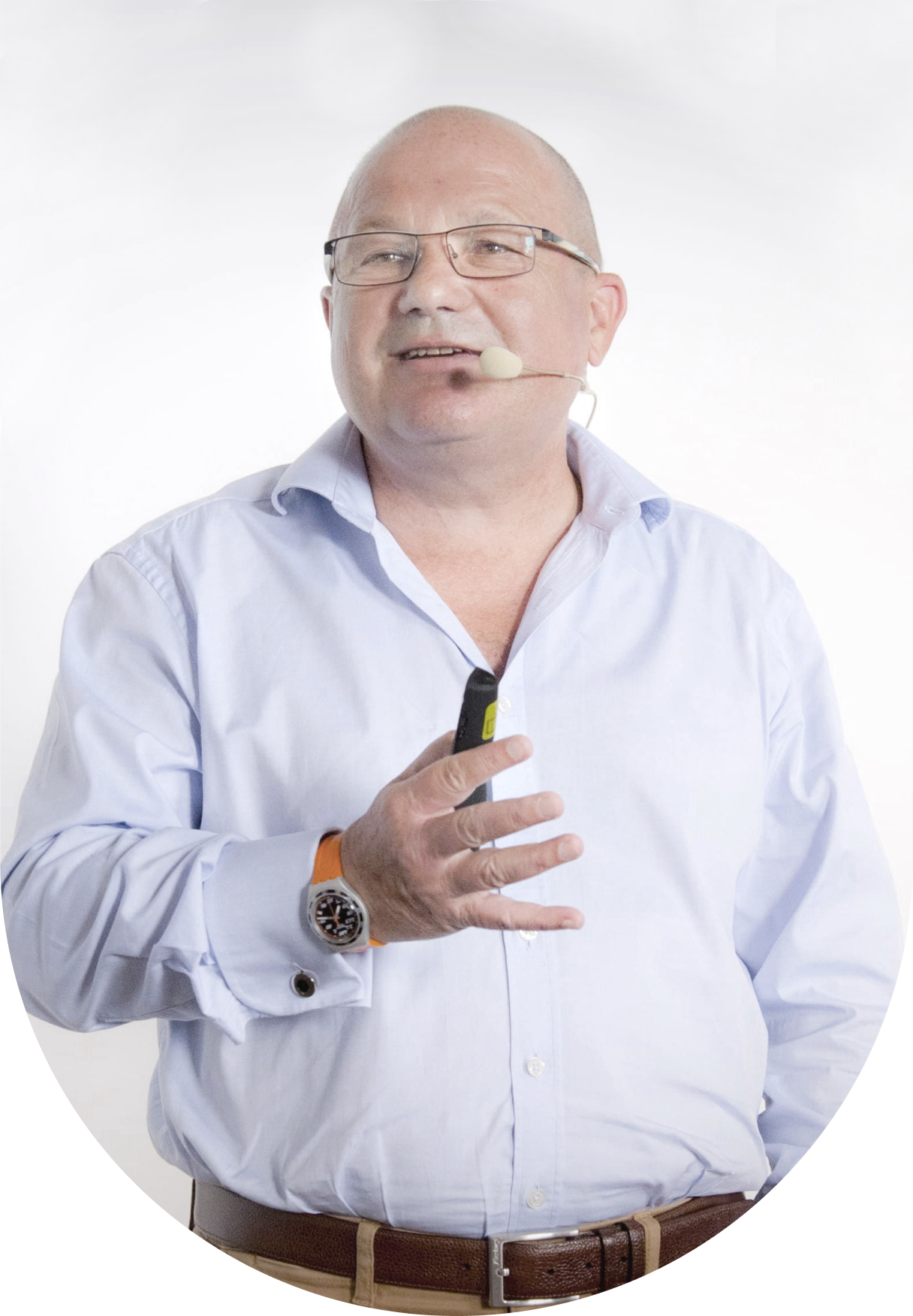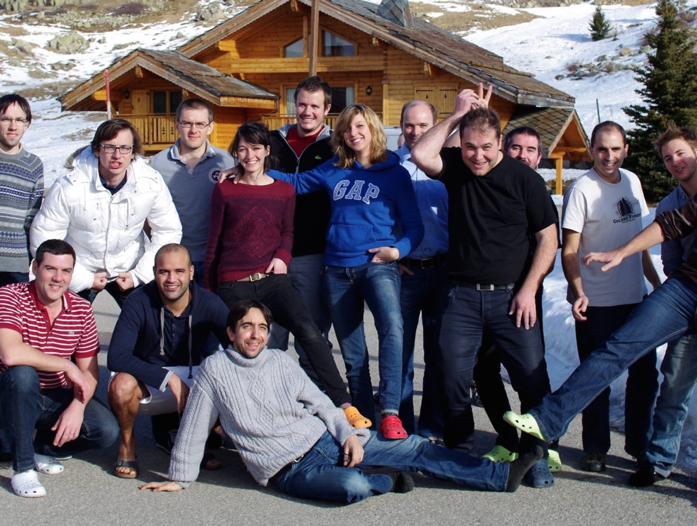
Since the “Bonheur au Travail (French)” (Workplace Happiness) report was broadcast by ARTE, the “teal organization” (referring to Frédéric Laloux’s book Reinventing Organizations) phenomenon appears to have become all the rage. Chronoflex, Poult, IMA Tech, FAVI, Harley Davidson, Lippi, Michelin, KIABI, WL Gore, Auchan, etc. are all mentioned as being “teal organizations”, a term that is sometimes mistakenly confused with “Holacracy”, a new managerial technology implemented at Zappos, Scarabée Biocoop, talkSpirit and other organizations.
When can one say that “Holacracy” is in place? How does it differ from a Teal Organization? I will try to explain this in this article.
History of Holacracy
To understand what we are talking about, I would like to go over Holacracy’s history.
Some twenty years ago, three Americans were fed up with how organizations operated and wanted to find “a better way”. So they decided to set up a company, a real business in the computer industry whose goal was to serve as a laboratory for new operating methods. This company is Ternary Software.
Their method was highly pragmatic, like kids at play: they looked for new tools, experimented with them within the company and, if they worked, they kept them, and if they didn’t work, they dumped them. They did this iteratively, with no reflection or mental design to be projected on the organization.
Lastly, it could be said that if they had undertaken a liberation movement in their businesses and had left it at that, they would probably be included in Isaac Getz’s book or in Frédéric Laloux’s as “liberated companies” or “teal organizations”. But they didn’t stop there.

After seven years, they received market feedback through many awards (prizes, rewards) over a short period of time.
That is when they realized that what they had been doing for seven years was of value and the three founders did not want this value to depend on them, they did not want to be Ternary Software’s “heroic liberation leaders”.
They therefore undertook the process of distilling the essence of their practices to a level of abstraction that made it possible to create a meta-model that can be applied and replicated in all kinds of organizations.
The first version of the constitution was born, a thirty-odd page document bringing together all the rules of the Holacracy game. The constitution is the meta-model and can be used by any organization that wants to adopt Holacracy. It is the same for every organization that decides to adopt this new method of governance.
“A good constitution is infinitely better than the best despot”
– Thomas Babington Macaulay
When we accompany our clients in implementing Holacracy, the first thing to do is for those who have the power to change the company’s method of governance to ratify the constitution. By doing this, they turn their authority over to the processes contained in the constitution and to the authorities it creates. With this significant act, the employees’ relationship of subordination to their superiors, inherent to their work contracts, is transferred to the rules of the Holacracy game: everyone, whether employees or managers, is subject to the same rules of the game, and nobody is ever above these rules. This new relationship removes the possibility of any domination between human beings and thus eliminates the notion of a hierarchy of individuals.
If the company runs into limits in implementing this constitution, these are tensions that are directly recycled in the evolution of the constitution, with open source availability.
We have thus gone from version 1.0 to 2.0, 2.1, 3.0, and now 4.1 and soon we will move on to 5.0.
It is very easy to determine whether an organization is using Holacracy. All you have to do is to verify that the constitution has been ratified by the people who have the power to do so and that it is thoroughly applied. For this, you will need the assistance of an experienced Holacracy Consultant with Master Coach certification.
Holacracy, a tool for achieving liberation
Many company managers call on us after reading Isaac Getz or Frédéric Laloux, or after visiting a number of companies such as FAVI, Poult and Morning Star, and ask us the following question: “I have read and seen all these highly interesting things but, on a practical level, what do I have to do to liberate my company?”
Actually, as a manager, you can choose between two options:
• Either you liberate your organization by following the example of people who have already done it themselves (Jean-François Zobrist for FAVI, Christophe Collignon for IMA Tech, etc.) and taking inspiration from their work, drawing on their ideas and adapting them to your company;
• Or you can use the Holacracy meta-model.
Both approaches have their value and each has its own features:
The first approach is long, some say about ten years, and requires a great deal of energy. The manager has to have enough time to spend on it and the talents necessary to implement everything.
The second method is based on a tool that, on average, takes about 6 months to implement and works as a catalyst for transformation. This tool respects the unique features of your company and at the same time is enriched by what can be learned from other organizations who have implemented it.
If you really want to compare the two, a teal organization and Holacracy, I would say that they are based on the same philosophy; it is the same energy, the same desire for liberation. Holacracy is a meta-model equipped to enable you to liberate your organization.
The real stakes of liberation
I would like to conclude this article by opening up a wider question: “At the end of the day, what do we mean when we talk about liberation?”
I think there is a twofold challenge:
• Liberating the company from domination by certain individuals;
• Liberating coworkers to express their full potential.
And, in my opinion, these two aspects cannot be fulfilled unless the organization moves beyond the pyramidal hierarchy model that enables certain individuals to dominate others. This is what we call the PowerShift.
And what about you – what are the real stakes of liberation for you?




